McLaren F1
There are only a few sports cars that have earned legendary status in the course of the almost 130 years of automobile history. These include the Bugatti Type 35, the Bugatti Type 57, the Mercedes-Benz 300 SL, the Ferrari 250 GTO, the Ferrari F40, the Bugatti Veyron – and the McLaren F1. When this vehicle went into development in the mid-1980s, such a significance was by no means foreseeable. On the contrary, experts rather expected a flop, as McLaren after all had never before developed a road legal sports car – apart from a few examples of the M6 GT in 1969. Inspired by a wave of success in Formula 1, Gordon Murray and his development team set about building an unusual concept. After all, it was clear at a very early stage that the driver would be seated in the middle of the cockpit for excellent weight distribution. This rather unusual driver placement made it possible to accomodate two co-drivers in the cockpit. Their seats are offset diagonally to the rear behind the central driver’s seat on both sides. A carbon monocoque including the roof area serves as the basis, to which the body parts are attached in addition to the subframe at the front and rear. The doors open far into the roof like butterfly wings. At the front, a small flap conceals a few service filler necks, a Kenwood CD player and the on-board tools. At the rear, the glazed flap allows access to the engine and unlocks another service flap behind it. Boot? Yes there is. Actually there are two. Both are located behind the doors and came ex works with a five-piece, tailor-made luggage set.
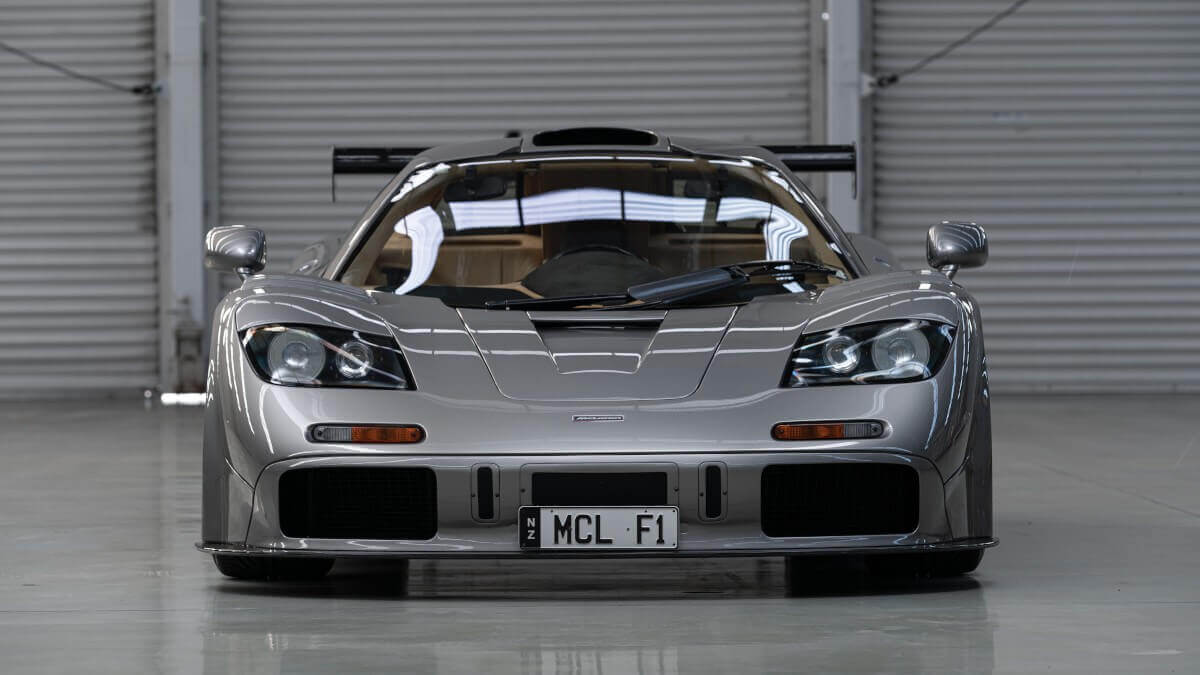







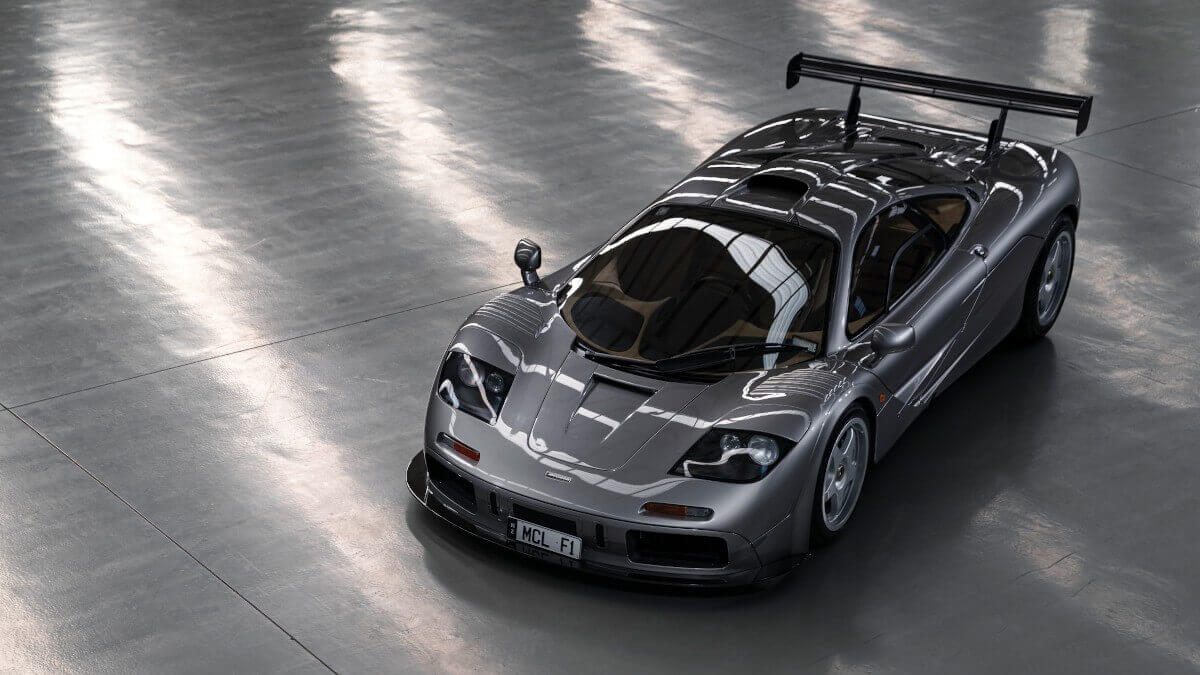



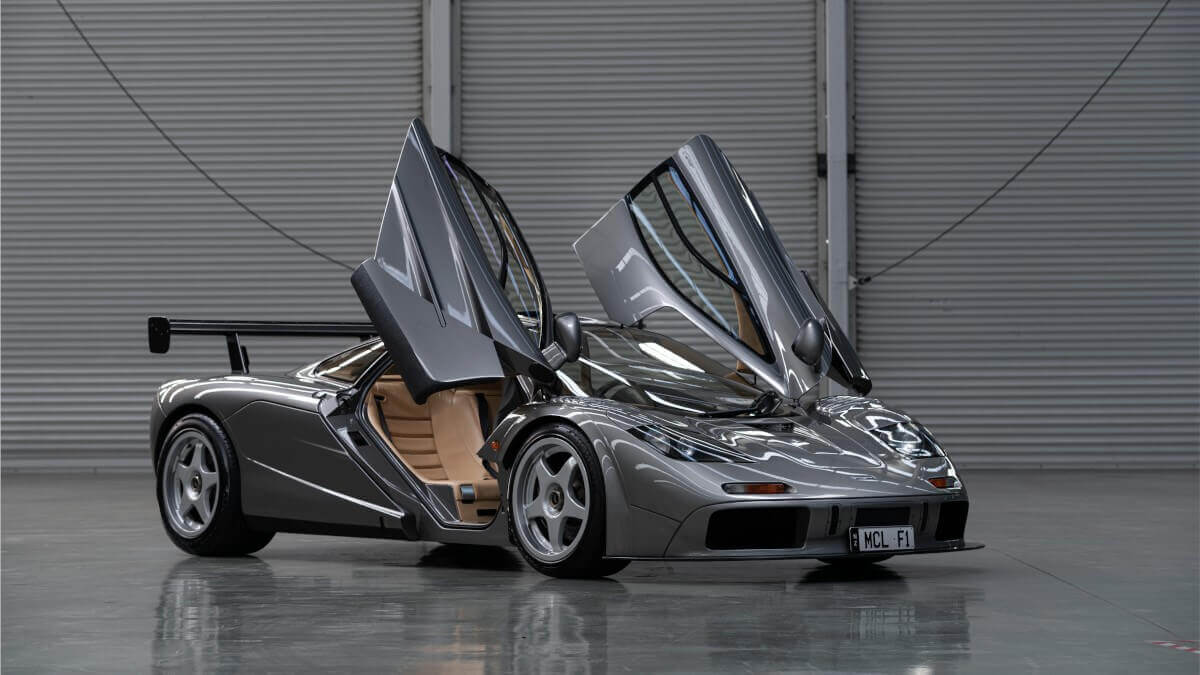



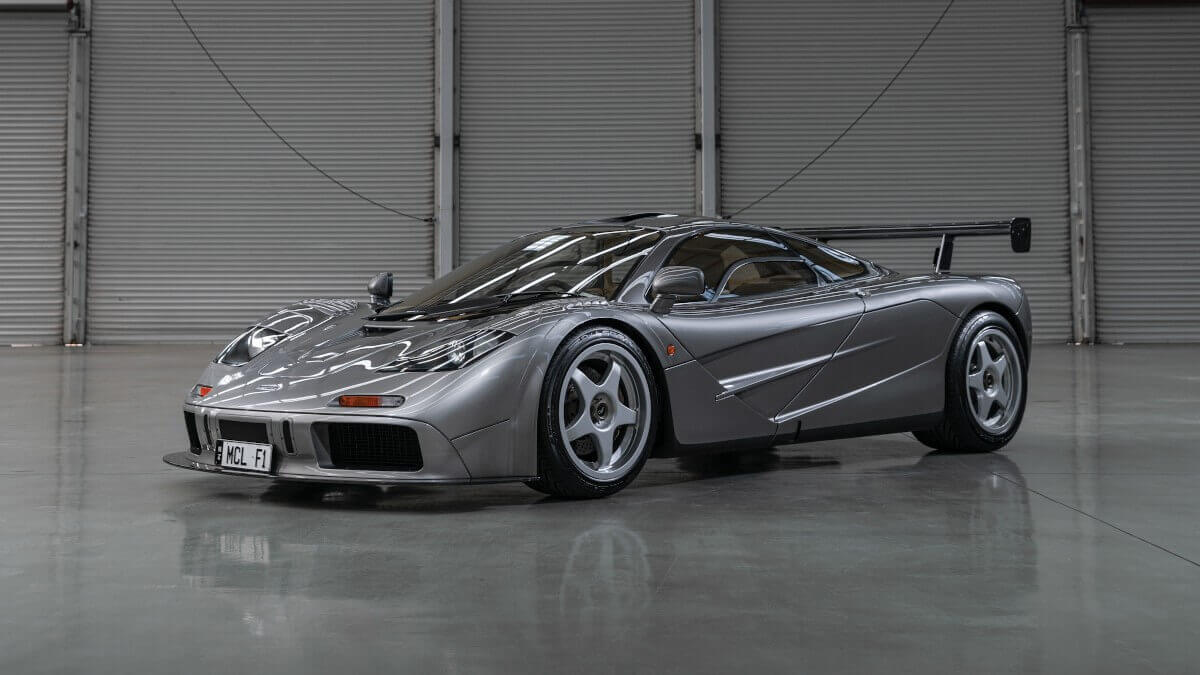







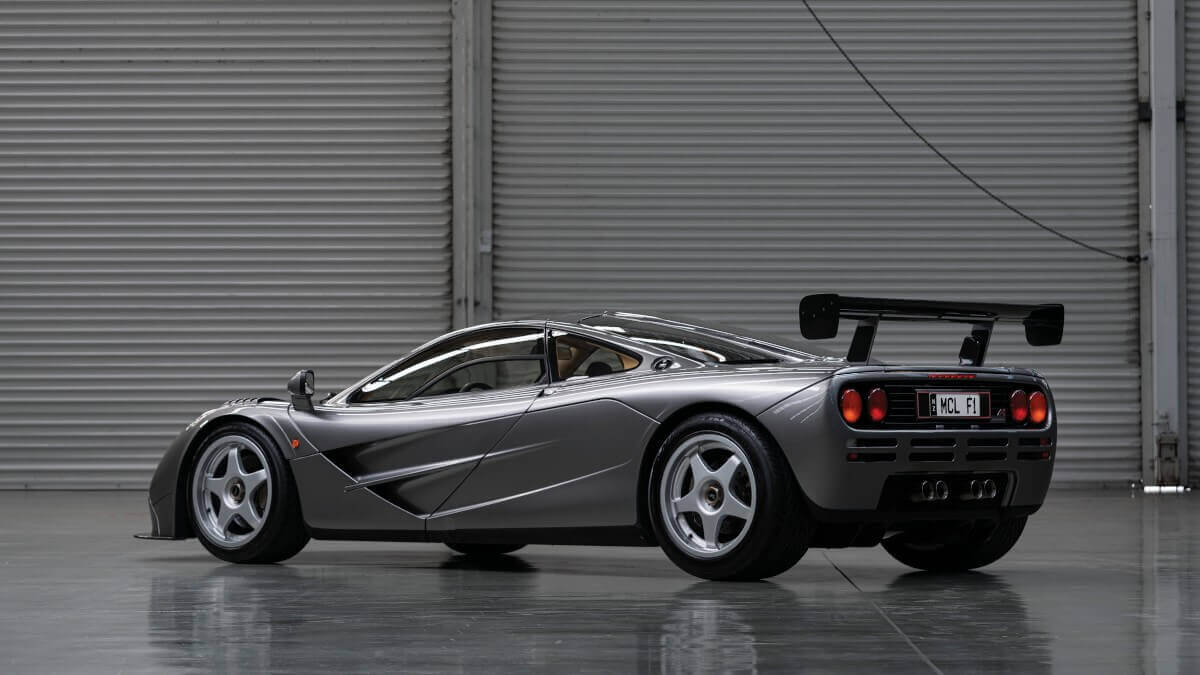







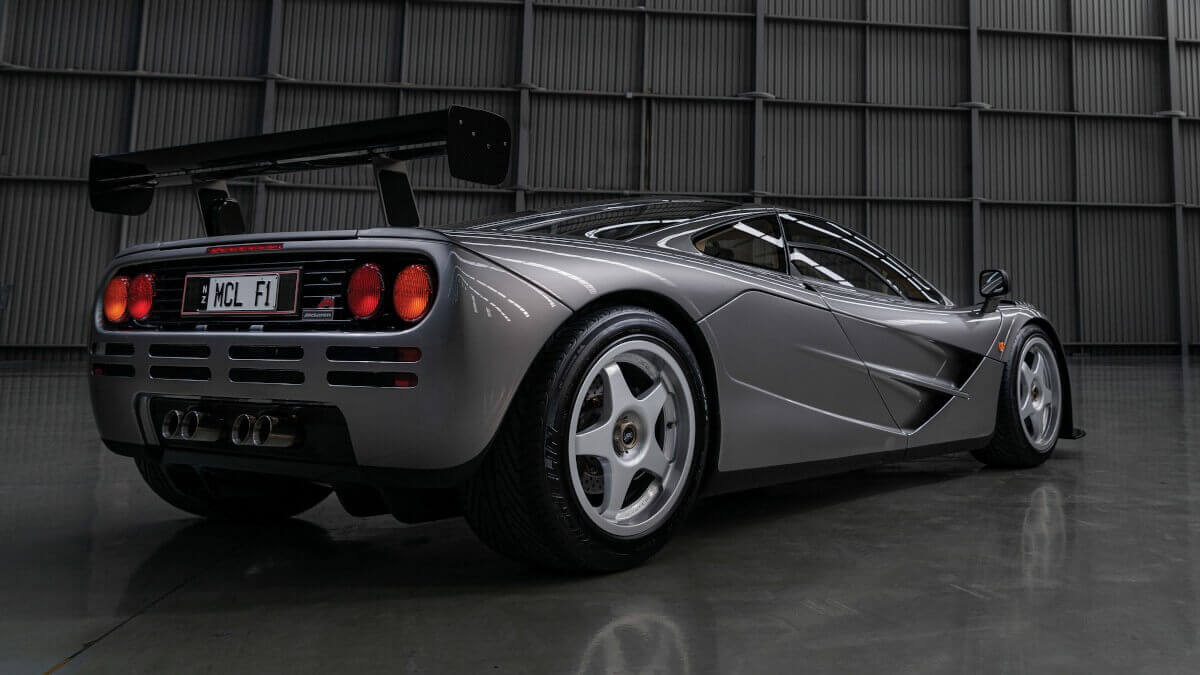







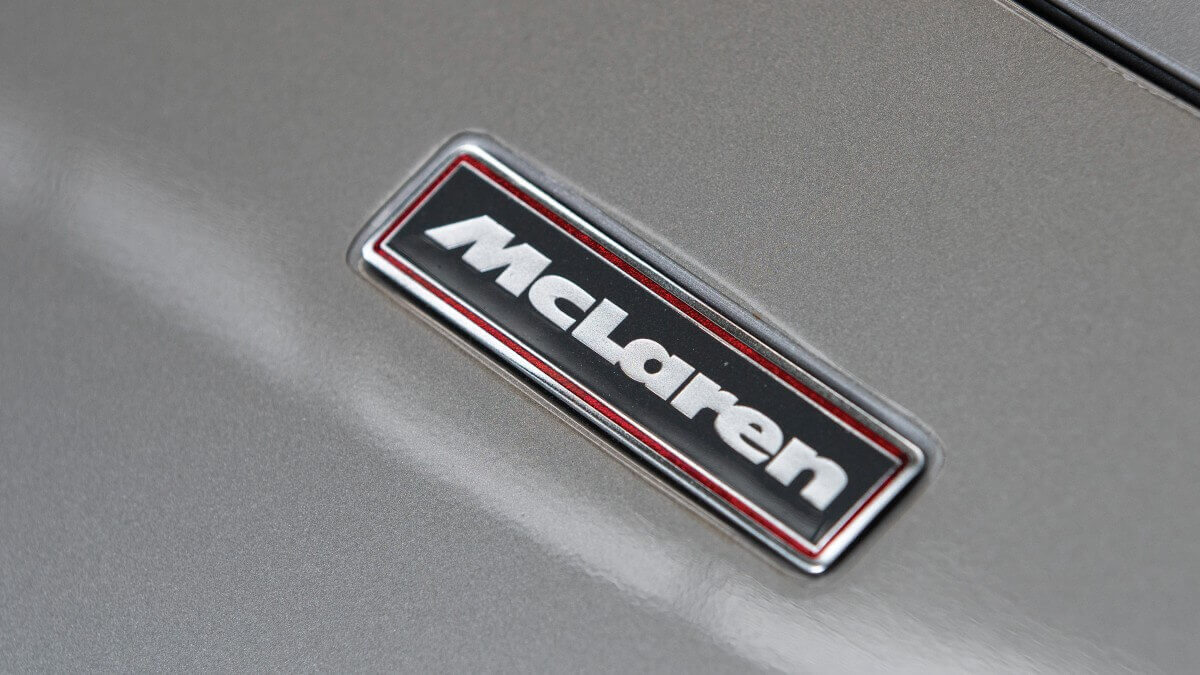



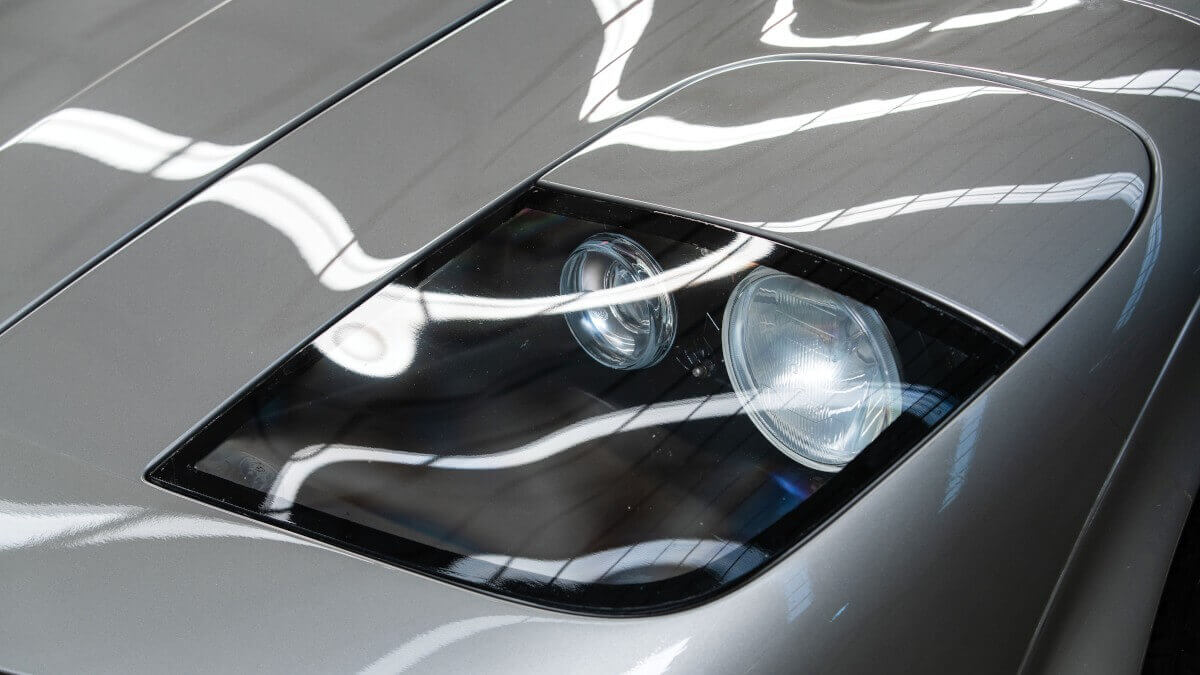



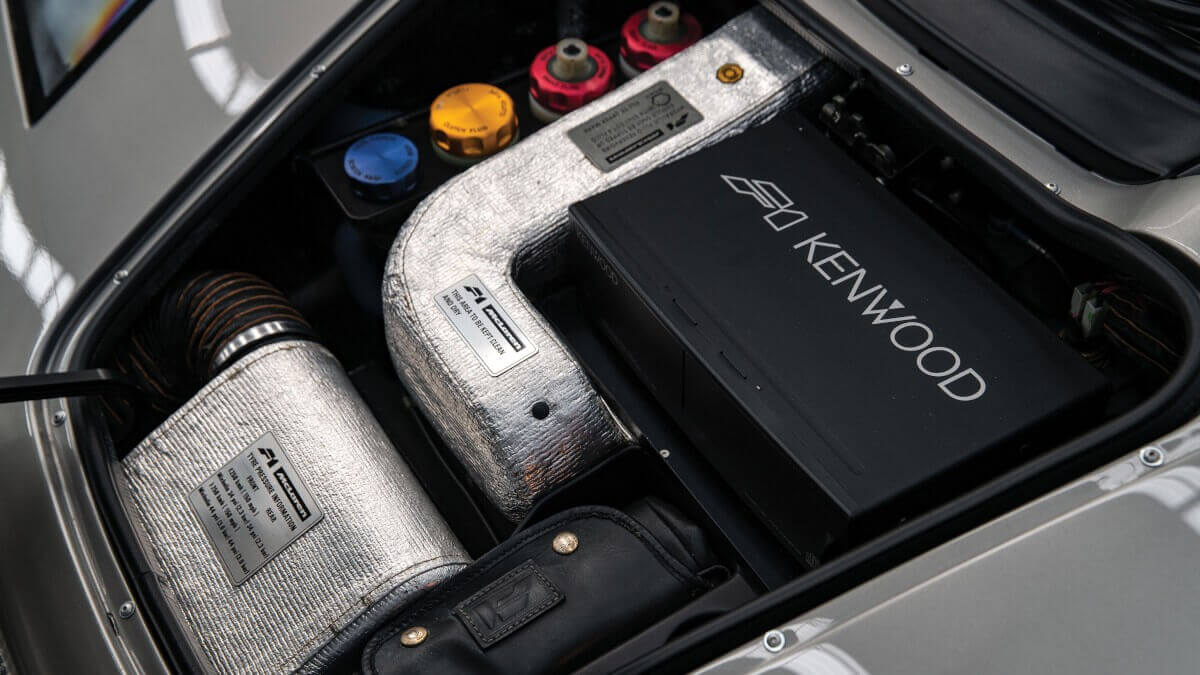



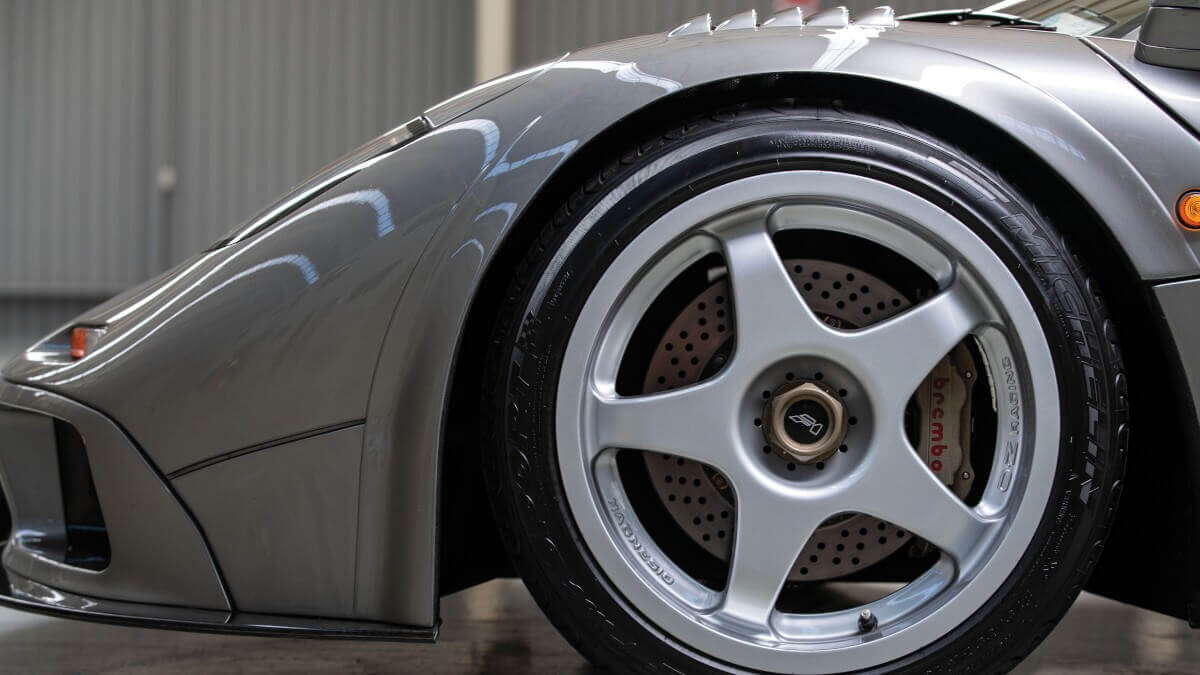











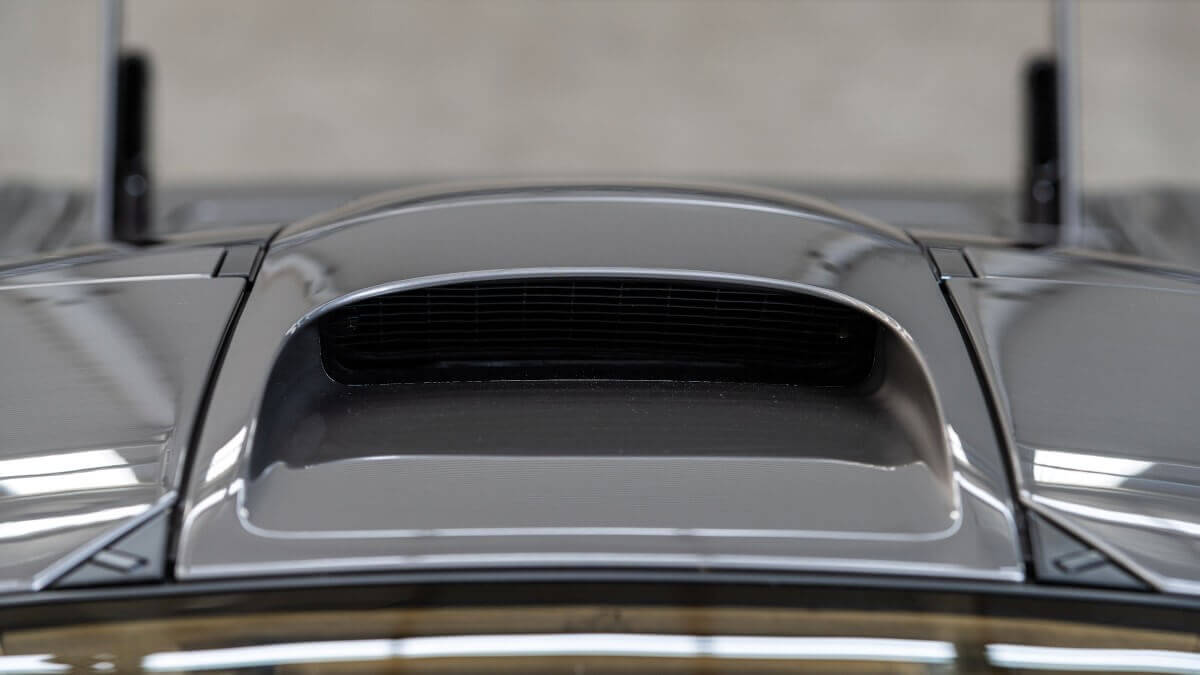



Together with the BMW Motorsport GmbH (today BMW M GmbH) under the direction of Paul Rosche, a 6.1-liter naturally aspirated V12 engine was developed for the McLaren F1, including variable camshaft adjustment (VANOS) and individual throttle valves. The base for this was the twelve cylinder engine from the 850 CSi, which BMW had already developed a little further for the planned top version M8, which never reached production. The power output of 461 kW/627 hp is still a very good value for engines without turbochargers or superchargers. In contrast to other manufacturers, McLaren originally planned the F1 as a pure road vehicle. It was only a result of increasing customer demand that McLaren cooperated with the British company Lanzante to turn the street sports car into a GT1 version for the GT championships. The corresponding GTR made its debut in 1995, two years after the road car, and immediately won the 24 Hours of Le Mans.
In memory of this rather unexpected success, McLaren launched a special series of five cars plus a prototype, named F1 LM. Optically this special model was characterised by front spoiler and rear wing in the style of the racing cars. Additional air intakes were used on the sides. Since only five vehicles were built and two of them, painted black, are still in collection of the Sultan of Brunei until today, the demand for these vehicles can certainly be classified as ‘high’. McLaren reacted to this with a conversion kit, the ‘High Downforce Kit’ (HDF Kit), which was offered from the end of the 1990s and which gave normal road versions a new front bumper including spoiler lip and a permanently mounted rear wing. Nine customers took the advantage, although one vehicle was rebuilt to its original condition in the meantime. In addition, Lanzante converted 13 of the 28 GTR racecars built for the use on the road.
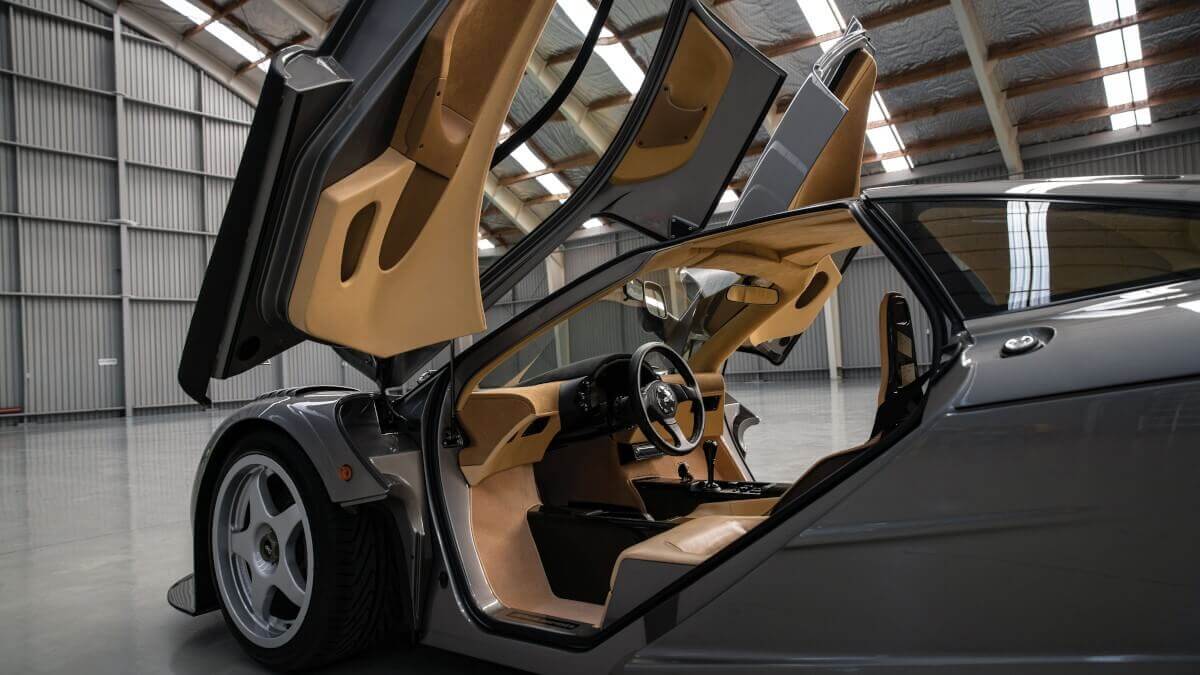



















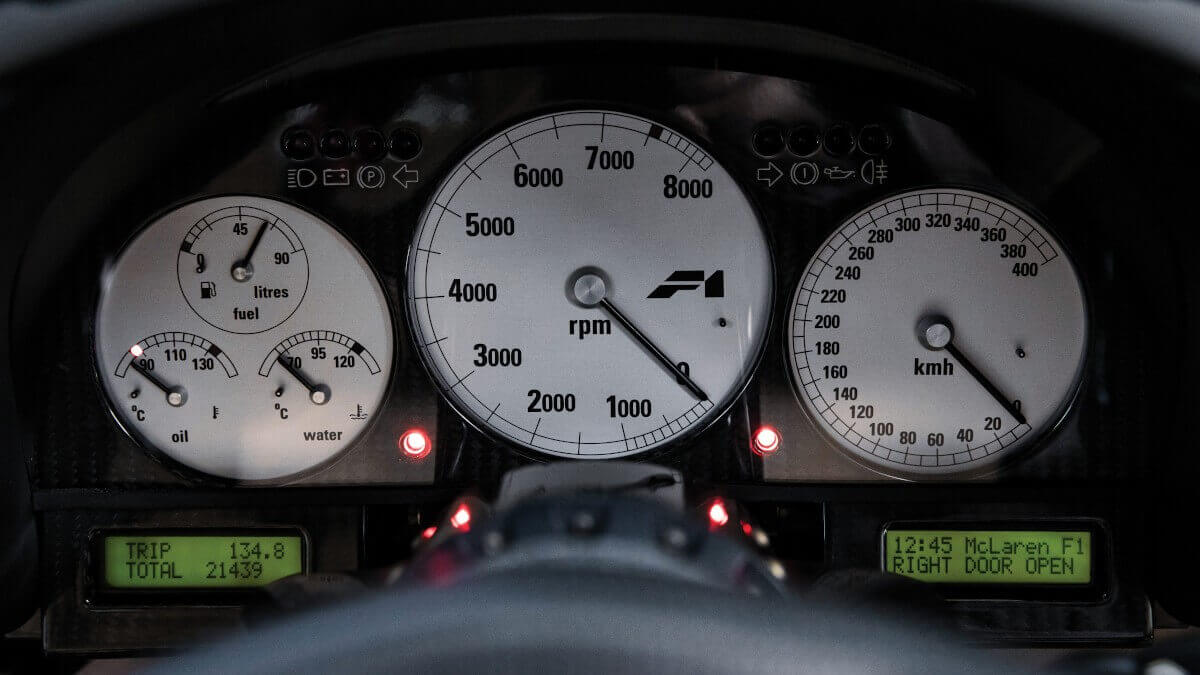











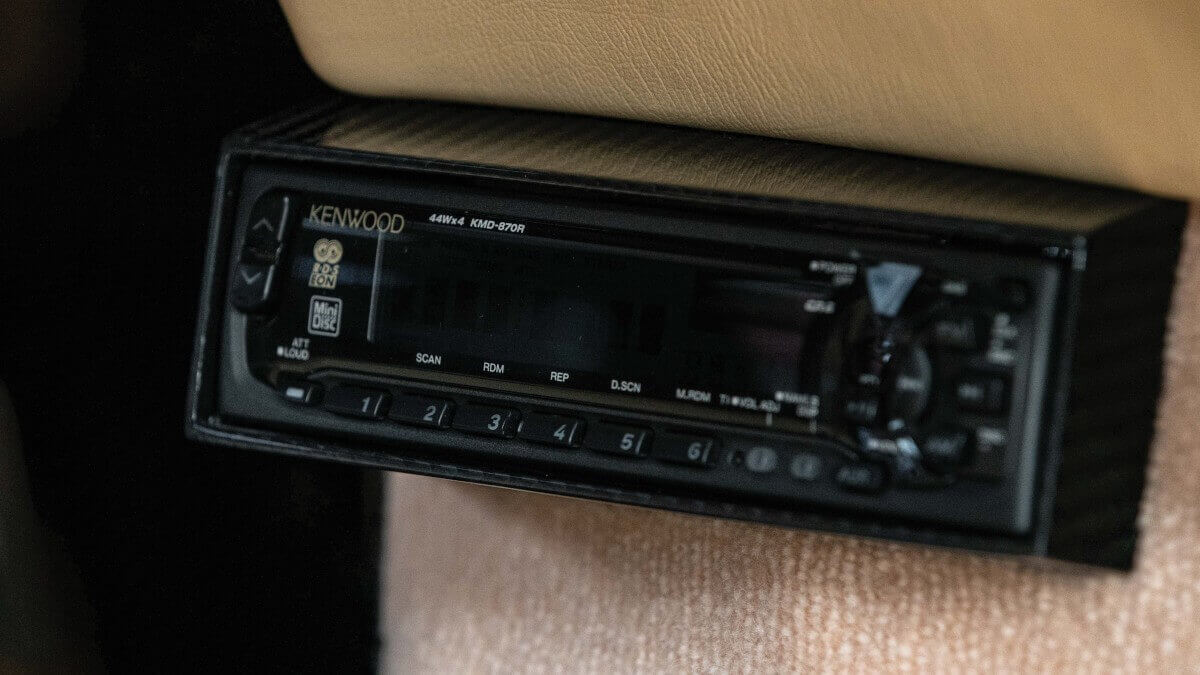



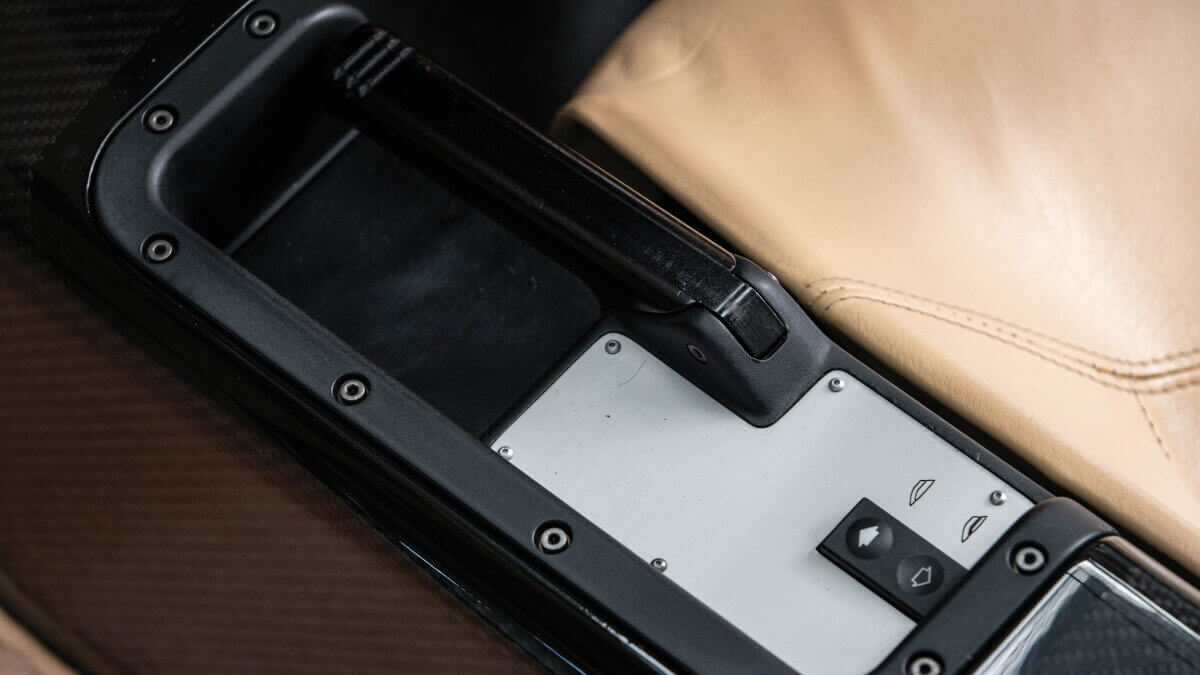







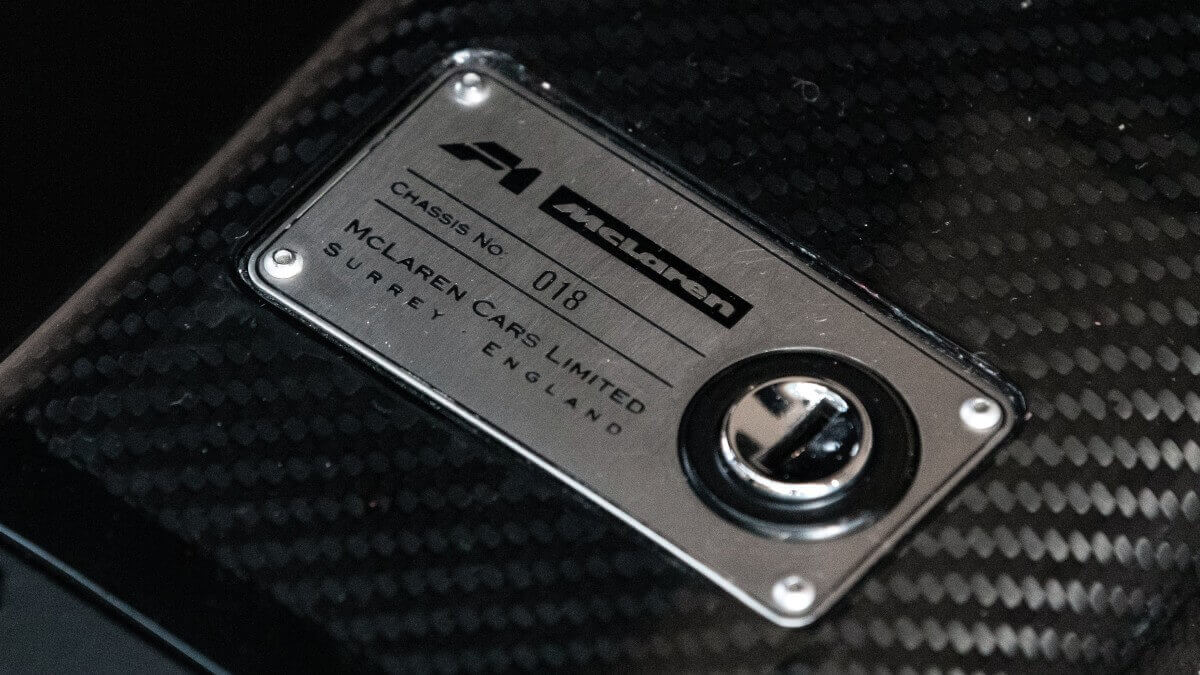











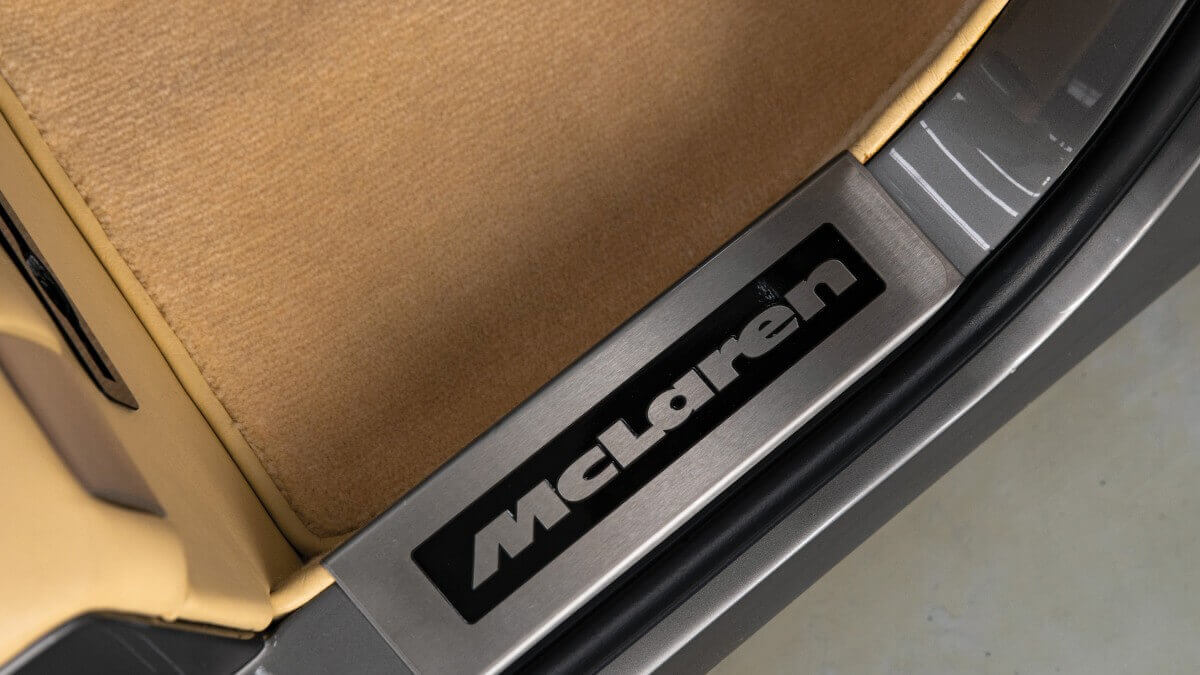







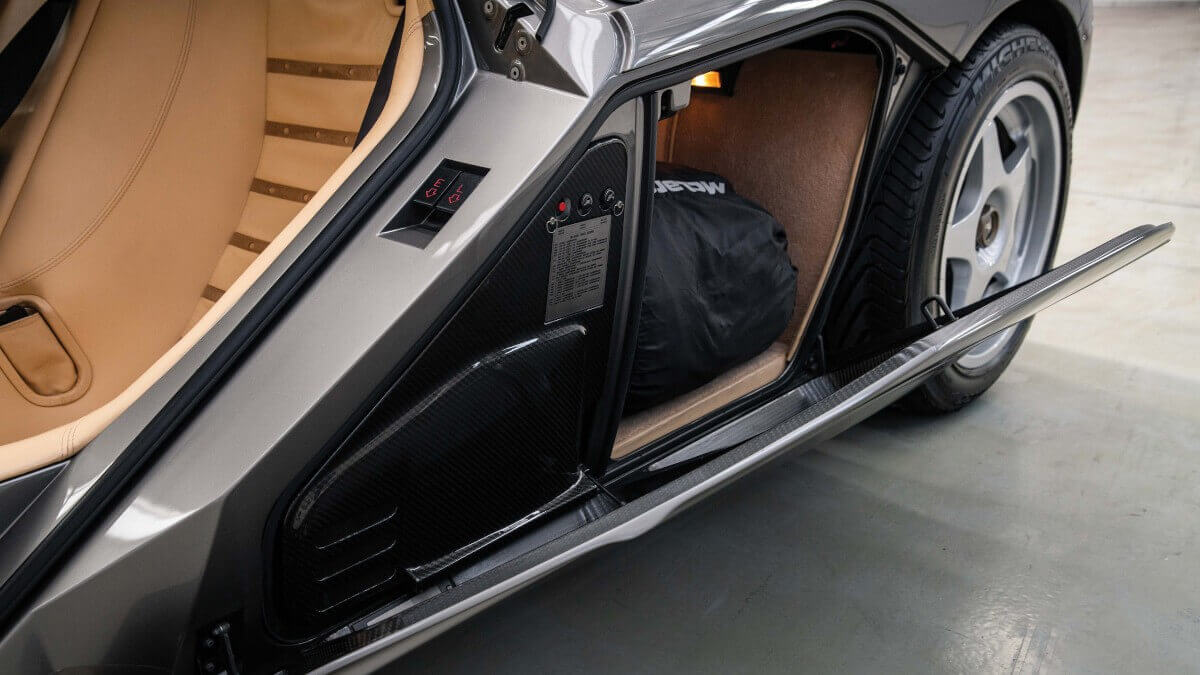















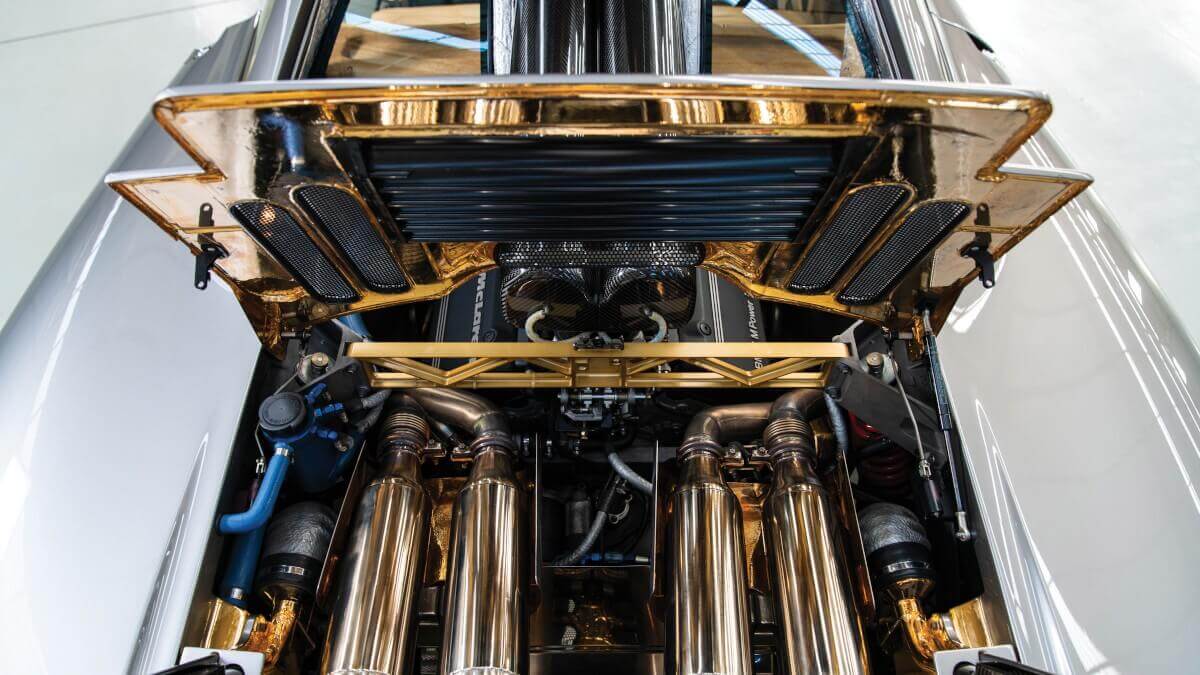







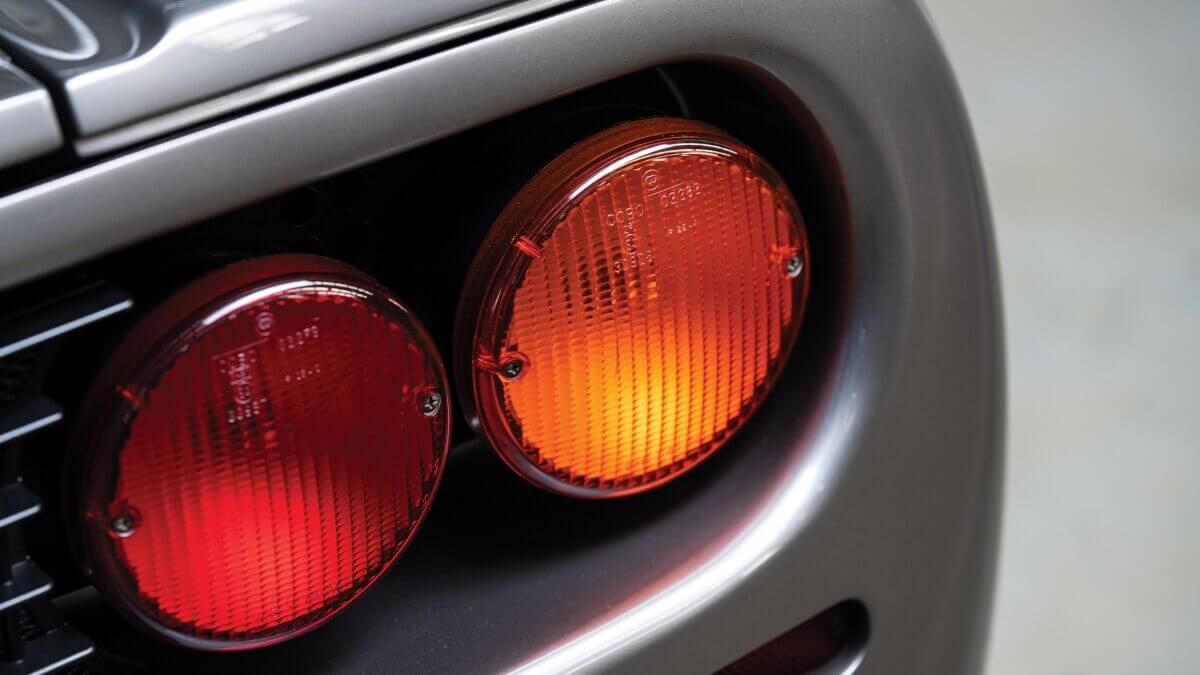











Two of the nine McLaren F1s with the retrofitted HDF Kit were also factory modified with additional air outlets over the front wheels and an engine upgrade to F1 LM specifications. BMW had given the LM 507 kW/689 hp and a maximum torque of 705 newtonmeters. That much power was now also available to these two F1 customers. One of them, painted in Platinum Silver metallic, belongs to a car collector from New Zealand for a long time. Now he will auction off the car with RM Sotheby’s during the Monterey Car Week.
Originally this F1 left the factory in Woking in the color ‘Midnight Blue Pearl’ with black leather inside and was delivered to an enthusiast in Japan. In 1999, a collector from Germany bought the car and sent it back to MSO for first LM upgrades. A year later, the F1 returned to the factory and received the HDF Kit, two additional radiators, a transmission oil cooler and a modified exhaust. In addition, the car received a more powerful air conditioning system and an additional radio to the standard CD player. The exterior was repainted to the color still visible today and interior reupholstered to beige and cream. In 2004 it was sold to a collector in Singapore, who passed it on to its current owner three years later. Now, together with RM Sotheby’s, he is looking for a new owner who will add more kilometers to the just under 21,500 of mileage on the clock. RM Sotheby’s expects a hammer price between 21 and 23 million US$.
Images: RM Sotheby’s, Andrei Diomidov




